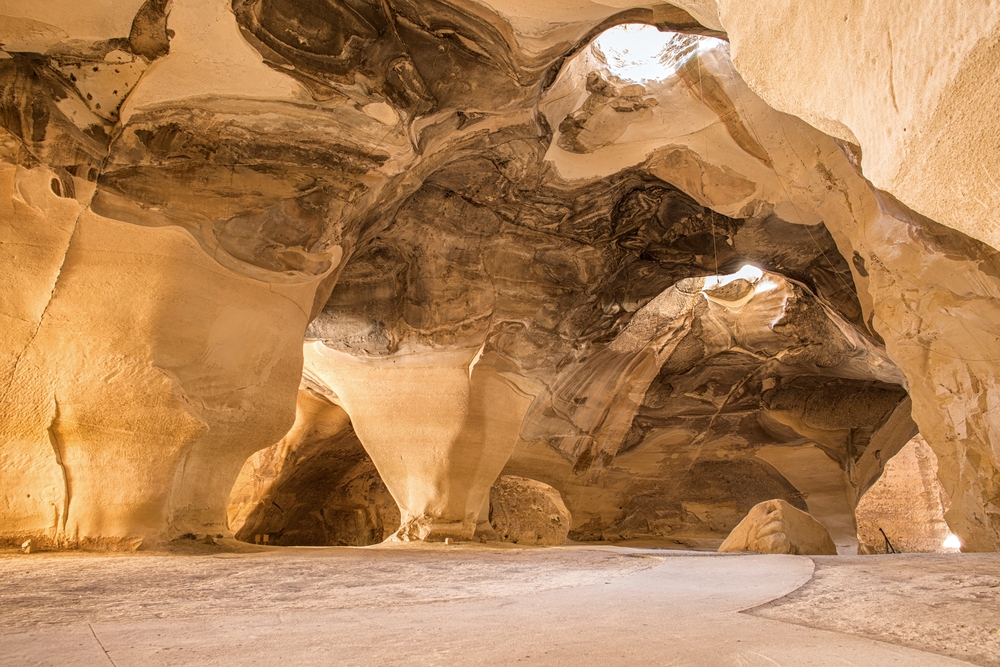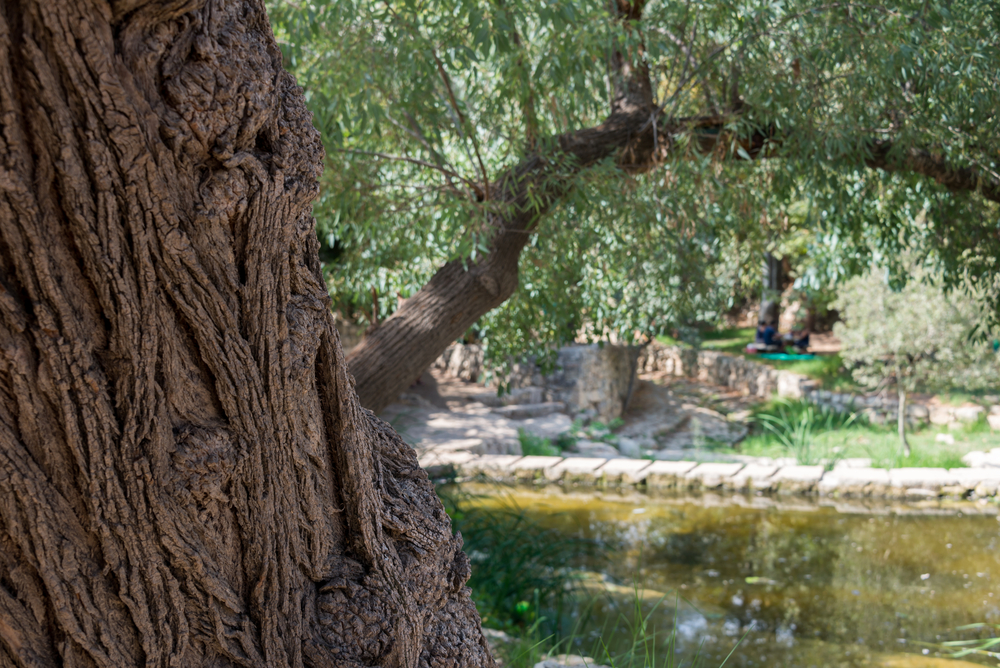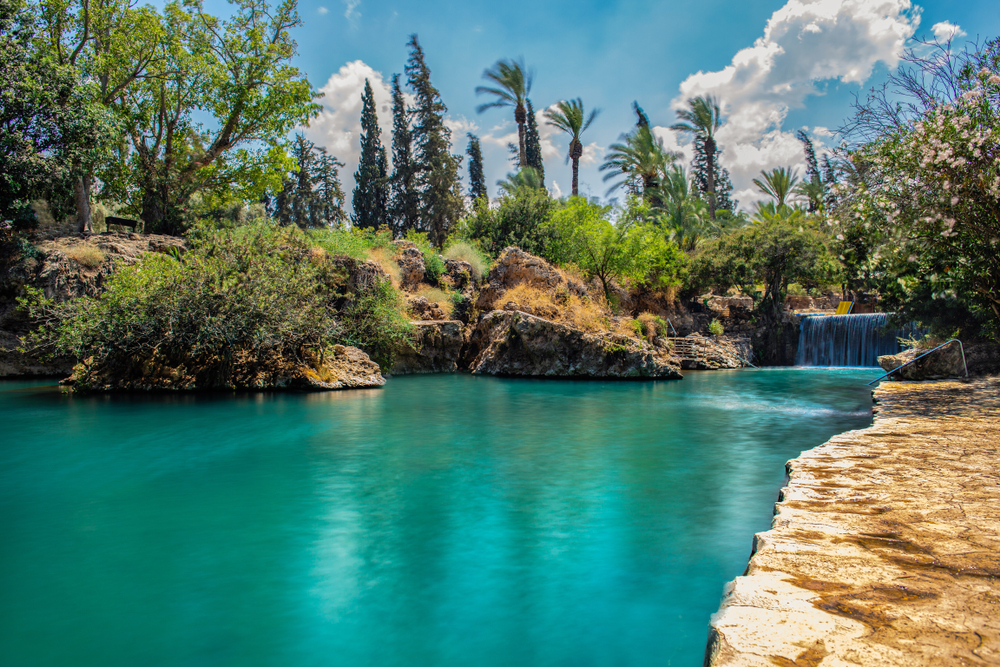Beit Guvrin Overview
Beit Guvrin National Park, also known as “Beit Guvrin-Maresha National Park,” is located in the Judean Lowlands of Israel. The park spans approximately 4.3 square miles (11.2 square kilometers) and is renowned for its rich archaeological heritage, fascinating cave systems, and diverse history. Recognized as a UNESCO World Heritage Site, the park offers a unique glimpse into the ancient civilizations that once thrived in this region.
The terrain of Beit Guvrin National Park is characterized by rolling hills, soft limestone formations, and Mediterranean vegetation. The area is dotted with wildflowers in spring and shrubs that thrive in the semi-arid climate. The caves, carved out of the natural rock, are the park’s most defining feature. These subterranean spaces served a variety of purposes throughout history, including as dwellings, cisterns, burial chambers, and industrial workshops.
The wildlife in the park is subtle yet intriguing, with birds such as kestrels, hoopoes, and owls frequently spotted. The park is also home to reptiles like geckos and lizards, as well as small mammals like foxes and hyraxes. The biodiversity complements the historical allure of the area, creating a setting where nature and culture seamlessly intertwine.
Visitors to Beit Guvrin National Park can explore the archaeological remains of the ancient cities of Maresha and Beit Guvrin. Highlights include the Sidonian Burial Caves, adorned with colorful frescoes; the Bell Caves, vast quarry sites with a unique acoustical charm; and the Roman amphitheater, a relic of the area’s time under Roman rule. Engaging activities include hiking through the marked trails, spelunking in the various caves, and guided tours that delve into the area’s history.
Despite its captivating attractions, Beit Guvrin National Park faces challenges in preserving its fragile cave systems and ancient ruins. Conservation efforts focus on protecting the limestone formations from erosion and managing visitor impact to ensure the longevity of the site’s archaeological and natural features. Efforts are also underway to document and restore artifacts found within the park to maintain its historical narrative.
Beit Guvrin National Park offers a profound connection to the past, a stunning natural landscape, and a wealth of opportunities for adventure and discovery. Its combination of historical depth and natural beauty makes it a must-visit destination for history enthusiasts, nature lovers, and curious travelers alike.













































































